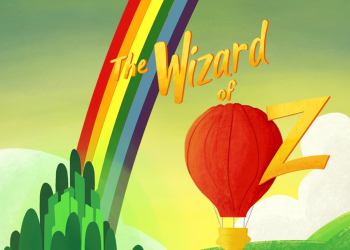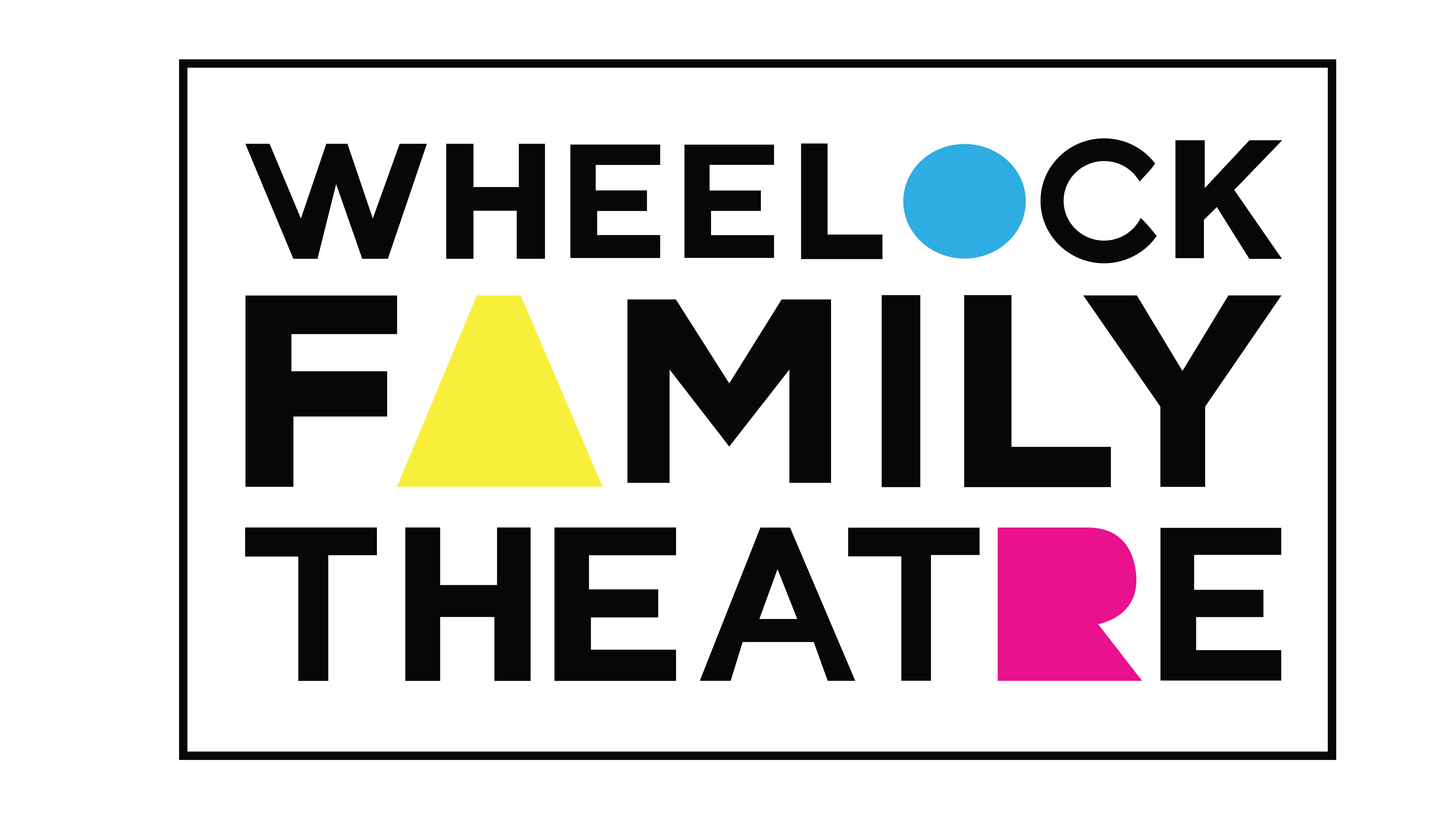MUNCHKINS – Activities for Early Childhood Students & Families

The Munchkins embody playfulness, curiosity and a spirit of whimsy! This section is designed for the young Munchkins in our world, our K-2 students, whose sense of joy and imagination are boundless. In this section, you will find three activities to engage youngsters in the story of Oz, whether at school or at home, through movement, crafting, drawing, and lots of imagination!
ACTIVITY 1: Movement
Get ready to move like the characters in Oz! Start by clearing enough space for your student(s) to move around safely, without bumping into each other or furniture items. Before starting to move around the space, remind students to keep their whole bodies to themselves during this exercise.
Let students know that you will be learning how to move like different characters by using different parts of the body – in theatre, we often call this ‘leading centers.’ Start by selecting a body part, and asking students to move around the space as if that body part is leading, or going first. We find that the nose is a great one to start with! Remind students that they can try this fast or slow, on a high level or a low level, but that their nose should always be leading them, as if someone is pulling that leading body part by a string. As they move around the space, prompt students to start to think of characters they know or could imagine who lead with that body part. After each body part, pause to share ideas for characters, then move on to the next body part. Suggestions for body parts to use for this exercise include toes, chin, forehead, knees, shoulders, hands, elbows and eyes.
Next, select a character from The Wizard of Oz. Ask students to move around the space they way they imagine that character would walk. Prompt them to think about what part or parts of their body are leading when they move as that character. Try this for… Dorothy, the Scarecrow, the Tinman, the Lion, the Wicked Witch, Glinda, Munchkins, Flying Monkeys, and even the Wizard of Oz himself! Afterwards, ask students to describe which character they most enjoyed moving as, and why.
Another way to inspire students to move like characters is to narrate brief stories and ask them to use their bodies to act out the story as you tell it, moving like the central character of the story the whole time. Remind students to use their bodies only – not their voices! – and to be mindful of where their body and other bodies are in the space. Two example stories are included below! Feel free to make up your own, and to play music while you tell them.
- The Tinman is working in the forest (cutting down a tree, lifting, using a wheelbarrow) when rain slowly starts to fall from the sky. It falls too fast for him to make it home in time. Students must grind to a halt and freeze until someone comes along to give them oil.
- Scarecrow is just hanging around on a pole – until the support suddenly breaks and sets him loose. He tumbles to the ground and tries to skip, hop, and jump; he is full of straw and is very limp and light indeed. Some crows come along and the Scarecrow tries to chase them, but his feet are too big and he trips! Scarecrow finally hammers his poles back together and hops up to scare the crows away.
ACTIVITY 2: Crafting
Oz Glasses
Materials:
- construction paper
- green plastic OR plastic wrap and a green marker
- scissors
- tape
- popsicle stick
Send us photos of you in your Oz Glasses at wfted@bu.edu. Or tag us on social media #WFTOz
ACTIVITY 3: Drawing on Imagination!
At the beginning of the story The Wizard of Oz, Dorothy wants to go ‘somewhere over the rainbow,’ which she imagines would be very different from her home on the farm in Kansas. How do you imagine ‘somewhere over the rainbow’?
Provide paper and colorful drawing supplies. Prompt students to imagine their own magical land, which they might find somewhere over the rainbow, just like Dorothy found Oz. Students draw what they imagine this magical land to be like.
Use any or all of these questions to help students add details to their magical lands:
- What is the name of your land?
- Is it on earth, is it on another planet, or is it somewhere else entirely?
- What colors do you see when you go to this land?
- What does being in this land make you feel?
- What is the weather like in your land?
- What kinds of creatures live in your imaginary land? What grows there?
- What do the creatures who live there eat?
- What do the creatures who live there do for fun?
Have students share their lands with their peers!
Extend this exercise by asking students to make up a story that happened in their land.
Extend this exercise by providing various materials (cardboard box, scraps of paper, paper towel rolls, paint, etc.) for students to build small models of their land.
Contact Us
If you have any questions or would like to share how you and your class engaged with the VLG, send us an email at WFTEd@bu.edu.

